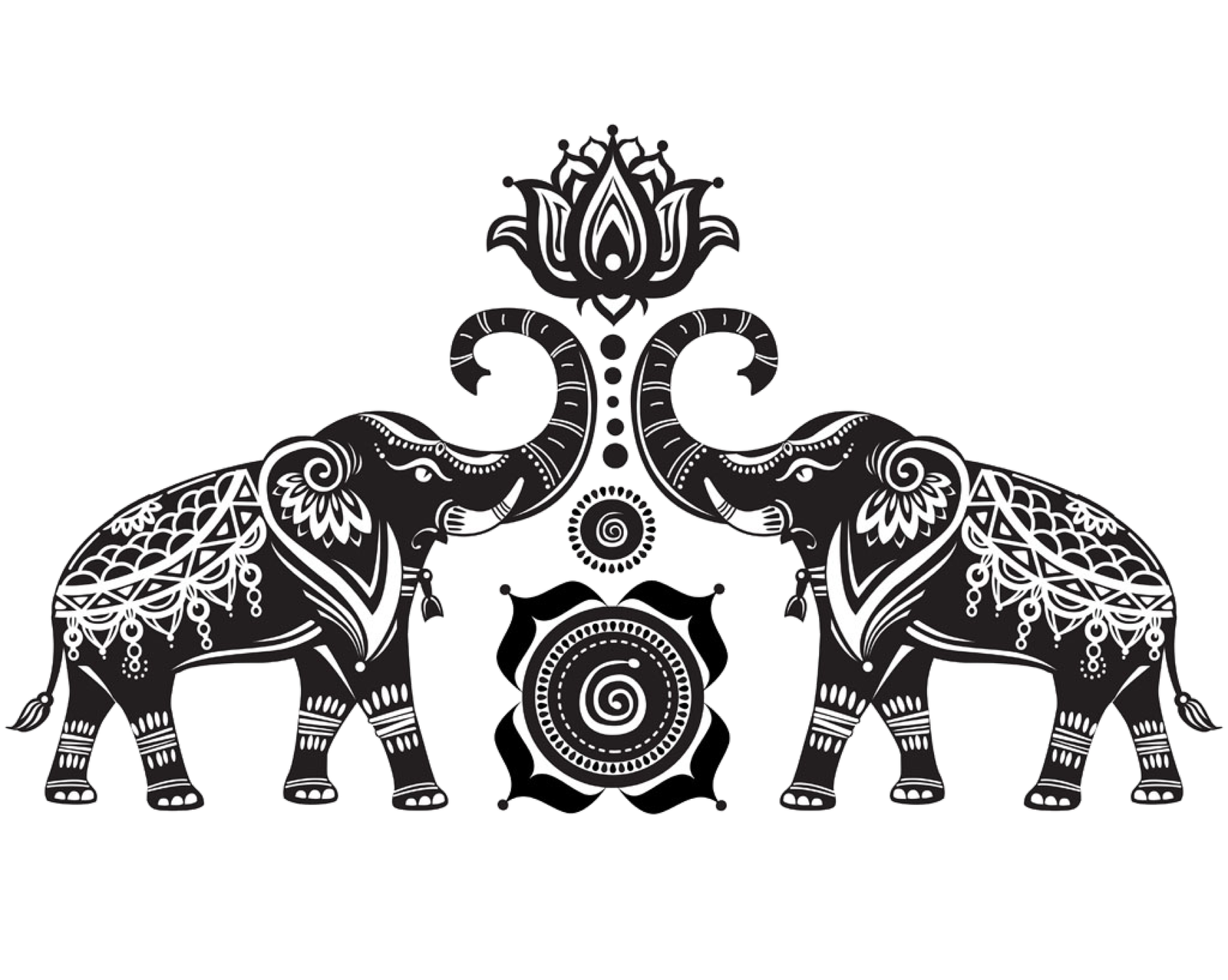Indian scientists have picked up seven specific experiments at the International Space Station (ISS), in collaboration with Global experts of NASA and European Space Agency, when ‘Gaganatri’ or an astronaut flies into the space laboratory as part of the Xiom -4 mission – not before this year. AXIOM-4 is a private commercial space flight where India is paying between $ 60–70 million for the mission.
Earlier, whenever India has collaborated with global space agencies, shocking conclusions have come. The best example is India’s first maid to the moon through the Moon through Chandrayaan -1 in 2008. During this mission, it suggests that the Moon’s surface has not been crossed and the presence of water molecules came through a device created by NASA and has been flown free to the moon by India. NASA-Israo cooperation re-wrote the history of lunar geology and opened the doors for a possible permanent human habitat on the moon.
Advertisement – Scroll to continue
India has a limited experience of doing biology in space.
Only earlier this year on India’s own mini space laboratory, the first biology experiments were grown in space growing lobbyia seeds, spinach cells and bacteria. Therefore, it seems that ISRO has opted to hold by hand by global institutions, who have used severe subtle gravitational experiments in space.
Incidentally, the ISS has now been continuously settled by humans for the last 25 years, in the 21st century, the space laboratory has been seen as the outpost of humanity in space. Flying outpost, which sees 16 sunset and sunrise every day, has been home to some very rigorous scientific experiments. India was never a part of ISS and hence this will be the first time that an Indian can reach ISS.
Private Space Company Axiom Space said in a statement, “The Indian Space Research Organization (ISRO) is leading transformational research on Axiom Mission 4 (AX-4) in collaboration with NASA and European Space Agency (ESA). Scientific, scientifically, will contribute to understanding biological processes in study microgravity, which leads to events in life science.”
It said, “Technically, developing resources for long -term space missions will increase India’s capabilities in space exploration, the country will be to bring a position as a leader in state -of -the -art space technology. The study also plays an important role in motivating the next generation of Indian scientists and engineers, while the global scientific progress and its effective presence strengthens.”
Here are the experiments that will be done on Axiom-4 space flight:
Human Research: Conversation with Electronic Display in microgravity
An AXIOM-4 experiment focuses on how astronauts interact with electronic display in microgravity. Participating with NASA and Vyzer, ISRO aims to understand the physical and cognitive effects of using a computer screen in space. This research will pay attention to how actions such as gesture, gaze determination, and rapid eye movements are affected in microgravity, and how these changes can affect the level of stress. Conclusions can indicate the design and interaction of future spacecraft computers, making them more user friendly for astronauts.

Life Sciences: Microlag and Sionobacteria Study
ISRO has a strong portfolio of life science experiments. In collaboration with NASA and Redwire, the “Space Microlega” project examines the impact of microgravity on the growth, metabolism and genetic activity of three strains of food microelenges. These small organisms can become a permanent food source for long -term space missions, thanks to their rich proteins, lipids and bioactive components.
Another project, in partnership with ESA, examines the capable aquatic bacteria capable of cyanobacteria, photosynthesis. By comparing two strains of cyanobacteria, ISRO aims to understand their growth rate, cellular reactions, and bio chemical activity in microgavi. This research can pave the way to integrate these bacteria in spacecraft environmental control systems, enhancing life support for future missions.
Muscle regeneration and crop growth
The project attempts to highlight the routes responsible for the dysfunction of the muscles in space, “the effect of the metabolism supplement on the upliftment of the muscle under the microgravity organized in collaboration with NASA and Biosar Space Technologies. By identifying molecular mechanisms and potential interventions, research can help prevent muscle atrophy in astronauts during long missions. Conclusions may also have significant implications for the treatment of muscle -related diseases on Earth.

ISRO is also discovering the capacity of growing crops in space. The “sprouting salad seeds in space” in collaboration with NASA and biosarva space technologies checks the germination and growth of crop seeds in microgravity. By studying the effects on genetics, microbial load and nutritional profiles on many generations, the project aims to ensure that there are reliable food sources for future astronaut explorers.
Tardigrades: Holiness
In partnership with NASA and Vyzer, ISRO is studying the flexibility of tardigrads, known for small organisms to avoid extreme conditions. This experiment will check the revival, existence and reproduction of tardigrades at the international space station, comparing the gene expression patterns between the space-flow and the ground control population. Understanding the molecular system of their flexibility can indicate the discovery of future space and give rise to innovative biotechnology applications on Earth.

A vision for the future
According to Axiom Space, ISRO’s research on Axiom-4 is a will for India’s dedication to pursue space science and technology. These experiments not only promise important scientific progress, but will also inspire the next generation of scientists and engineers.
As India strengthens its presence in space, it contributes to global scientific progress, paves the way for the future where humanity can be beyond the planet of our home.
Beyond the AXIOM-4 mission, India already plans to rocket an Indian from Sriharikota in the 2026-2027 deadline and then it has its own ‘Bharati Anticsha Station’ or Indian Space Station by 2035. Its purpose is to give land to an Indian on the surface of the moon by using ‘Swadeshi’ or Indian technology by 2040.
The AXIOM-4 mission is just one step in a long road that Prime Minister Narendra Modi has carved for India in space.
,



